Balancing Cost and Quality in the Pharmaceutical Supply Chain: A Quick Guide

Pharmaceutical companies often face pressure to maintain high profits while dealing with increasing competition and strict regulations. Reducing supply chain costs has become a key strategy to help keep profits up. However, cost-cutting must be done carefully to avoid reducing product quality, which can lead to significant financial and reputational harm.
"Keeping a high-quality supply chain for temperature-sensitive pharmaceutical products is extremely important. While managing costs is crucial for staying profitable, it should never lower the quality and safety of the products. The challenges of quality management and temperature control require careful attention to make sure that patients get safe and effective medications,” said Lie Berglind, Chief Quality Officer at TSS.
Importance of Quality Management
Quality management in life-science is more than just following regulations; it’s essential for business success. Crystal Mersh, CEO of Quality Executive Partners, recently highlighted in ‘Outsourced Pharma’, the need to invest in systems, equipment, training, and supplier quality checks. Ignoring these areas can result in poor quality products, financial losses, and damage to a company's reputation.

Crystal Mersh further elaborates that by using the Cost of Quality (COQ) concept, organizations can understand how they're using resources to prevent low quality, check products or services, and fix mistakes. This means looking at prevention, appraisal, and failure costs. When companies invest in quality management, they can reduce their overall COQ by stopping expensive mistakes and using their resources better.
Additionally, the Cost of Poor Quality (COPQ) is about the money spent because of making or delivering bad products or services. This includes costs like checking, mistakes made inside the company, and mistakes that affect customers. Quality improvement programs that work well can cut COPQ a lot, making a company more profitable and giving it long-lasting benefits. Knowing about these costs helps a company decide what to do first and reach its goals.
The Role of Temperature Control
Temperature control is a critical aspect of the pharmaceutical supply chain. The biopharma industry loses around $35 billion each year due to problems with temperature-controlled logistics. These losses include wasted products, disrupted clinical trials, and higher logistics costs. Additionally, compromised products can pose significant risks to patient safety. To avoid these losses, pharmaceutical companies need to invest in reliable temperature control systems and technologies.
Technology, especially IoT tracking, is vital in today’s pharmaceutical supply chains. By monitoring the movement of products and important factors like temperature, companies can make informed decisions about packaging, shipping routes, inventory control, and delivery methods. End-to-end (E2E) visibility helps optimize logistical costs and ensure product integrity.
Key Strategies for Supply Chain Improvement
To tackle common issues in the pharma supply chain—such as inaccurate forecasting, long lead times, insufficient inventory, and high costs—life-science companies need to adopt strategic measures:
- Building Strong Relationships with Suppliers:
Working closely with suppliers can improve reliability and flexibility, reducing lead times and ensuring a consistent supply of high-quality materials. - Investing in New Technologies:
Adopting new technologies, such as IoT for tracking and advanced analytics for forecasting, can enhance supply chain efficiency and reduce costs. - Developing Robust IT Systems:
A strong IT infrastructure is crucial for integrating different parts of the supply chain and providing the necessary visibility and control over processes.
Moving Towards a Resilient and Sustainable Supply Chain
Creating a resilient and sustainable pharmaceutical supply chain requires a focus on business outcomes through effective data collection, enhancement, and coordination. Companies need to understand how to use software and services to create a complete digital model of the supply chain. This digital model provides full visibility, allowing for better decision-making and more efficient operations.

"Improving the pharmaceutical supply chain is essential for ensuring the timely delivery of safe and effective medications,” Lie Berglind explained. “At TSS, we work closely with our customers to streamline operations and reduce costs. Our innovative SaaS solutions offer solid integration possibilities, providing the necessary visibility and control over the entire supply chain.”
Optimizing Cost and Quality in the Pharmaceutical Supply Chain
Balancing cost and quality in the pharmaceutical supply chain is a complex task that requires strategic investments and technological improvements. Quality management should be seen as a critical investment, not just an optional expense. Reliable temperature control and supply chain visibility are essential for maintaining product quality and reducing losses.
By building strong supplier relationships, investing in new technologies, and developing robust IT systems, pharmaceutical companies can achieve a cost-effective and resilient supply chain. This approach ensures financial stability and protects patient health, ultimately benefiting everyone involved.
Sources:
“A Resilient Supply Chain Starts With Full Visibility” (Forbes)
“Cost Of Quality: Worth Every Cent In Bio/Pharmaceutical Manufacturing” (Outsourced Pharma)
You may also be interested in

We are back at Clinical Trial Supply East Coast

Making the pharma industry future-proof through supply chain digitalization

TSS User Forum 2023
You may also be interested in

Join Us at LogiPharma Europe 2025

TSS launches innovative Bluetooth powered temperature monitoring solutions

Achieving FDA and EMA Compliance in Temperature Monitoring

Proactive Temperature Management: The Key to a More Resilient Pharma Supply Chain

Join Us at LogiPharma Europe 2025

TSS Receives CDP SME Climate Score 'SME B' for Strong Climate Actions

Future-Proofing Clinical Trials: How Sponsors Can Up-Scale Through Automation

Celebrating Women in Tech

Clinical Trial Supply Europe Event 2025

Sustainable Temperature Management: A Key to Greener Clinical Trials

10 Common Mistakes to Avoid During Customer Onboarding

TSS Keeps EcoVadis Silver Medal Despite Tougher Standards in 2024

Change in the Management of TSS

How to Scale Up Your Clinical Trials

10 Steps to Navigating Sustainability in the Pharma Supply Chain

Balancing Cost and Quality in the Pharmaceutical Supply Chain: A Quick Guide

TSS Celebrates WTISD 2024: Embracing Innovation, Digitalisation, and Sustainability

Enhancing Product Quality and Compliance at Clinical Sites

LogiPharma Lyon 2024
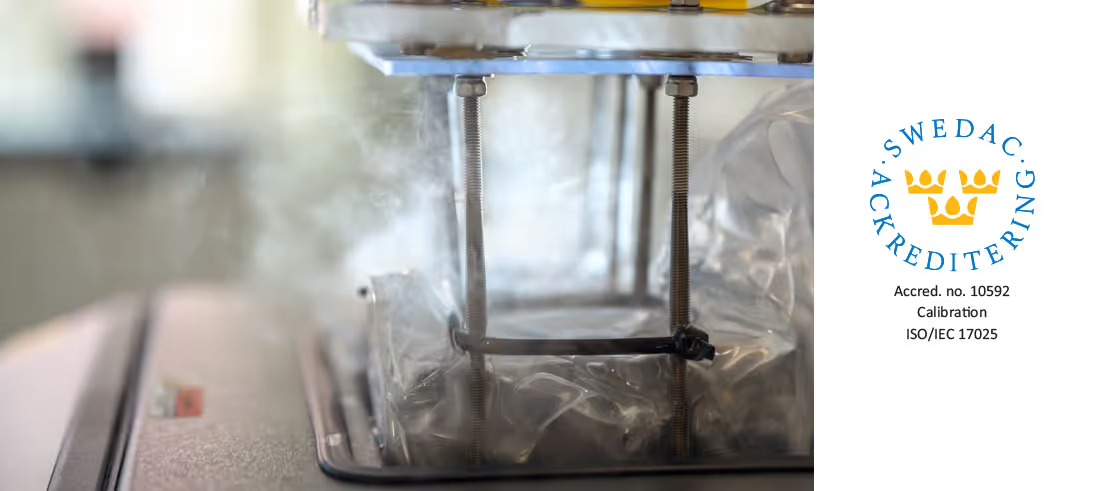
TSS Achieves Coveted ISO/IEC 17025 Calibration Accreditation

Join us at Clinical Trial Supply Europe 2024 in Barcelona

TSS User Forum 2023

TSS Welcomes Gustaf Rasin as New Chief Operations Officer

NECSO Cambridge 2023
.avif)
TSS Welcomes Thomas Lindén as New Chief Technology Officer

GCSG Athens 2023 Vendor Showcase Hosted by TSS

How GSK Pharma in UAE optimized the supply chain through automatization

Cooperation with Swedish Innovation Authority and University to Optimize Sustainability Procedures

TSS Achieves EcoVadis Silver Medal for Advanced Sustainability Performance

How can maturity in temperature management move your decision process from days to seconds?

GCSG 2023 US Conference

3 steps to accelerate Decentralized trials & Release to patients

Join us at Clinical Trial Supply Europe 2023

We are back at Clinical Trial Supply East Coast

The GCSG 2022 European Knowledge Forum is coming up, and we will be there.

Meet us at Logipharma US in Boston on September 29th-30th

Boost value in clinical trial management with two-way integrations

Achieving pharma supply chain excellence through integrations

Join us at Temperature Control & Logistics in Düsseldorf

Meet our people: Quality Engineer, Akanksha Sharma

Is your supply chain ready for a digital transformation?

Q&A with Claes Kalderén: Our European Sales Manager

Meet Johanna Eriksson, Chief Product Officer at TSS

On-demand webinar: Maximize value with 2-way integrations in Clinical Trial Management

White paper: the future, today - the next generation of temperature monitoring

Join us at GCSC US 2022

Guide: The road to digital success in temperature monitoring

On-demand webinar: New approaches to automating temperature management in clinical trials

End-to-end visibility is the key to creating more efficient, cost-effective, and sustainable pharmaceutical supply chains
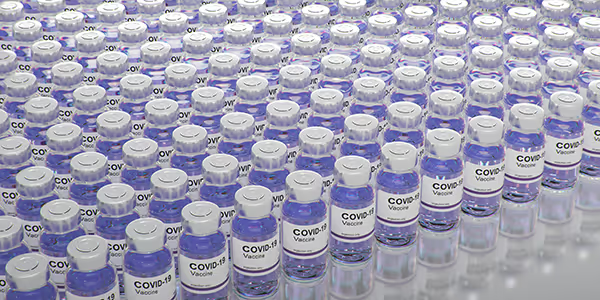
White paper: The next step to automating clinical trials

Getting the full value out of your supply chain temperature data

Join us at Clinical Trial Supply Europe 2022

4 things to know about TSS new BLE data loggers

The year in review: TSS’s most-read blog articles of 2021
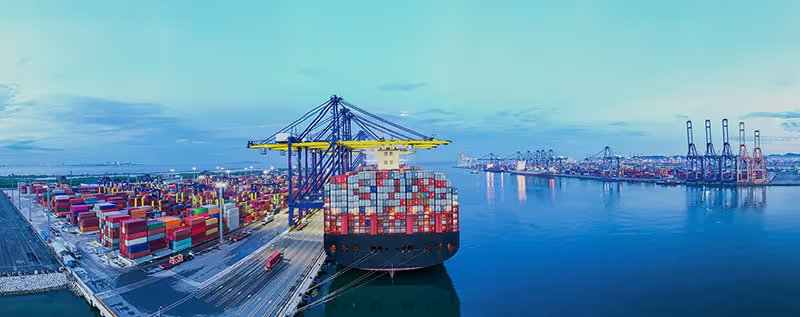
Logipharma report: A fast-track learning exercise in pharma supply chain innovation

Temperature management – from local to global

Meet Nina Nilsson, Chief Revenue Officer at TSS

The Buyer’s guide to real-time temperature monitoring

Increasing visibility with a proactive supply chain

On-demand webinar: Master your supply chain with end-to-end visibility

On-demand webinar: Excursion Management – From days to seconds

Turn days into seconds at clinical sites worldwide

On-demand webinar: Digitalization and its impact on the pharma supply chain

Covid-19 situation

Innovation flourishes when different perspectives meet

Exploring the solution to a global question

How live access to GxP data support supply chain best practices?

On time and in full, when it matters most
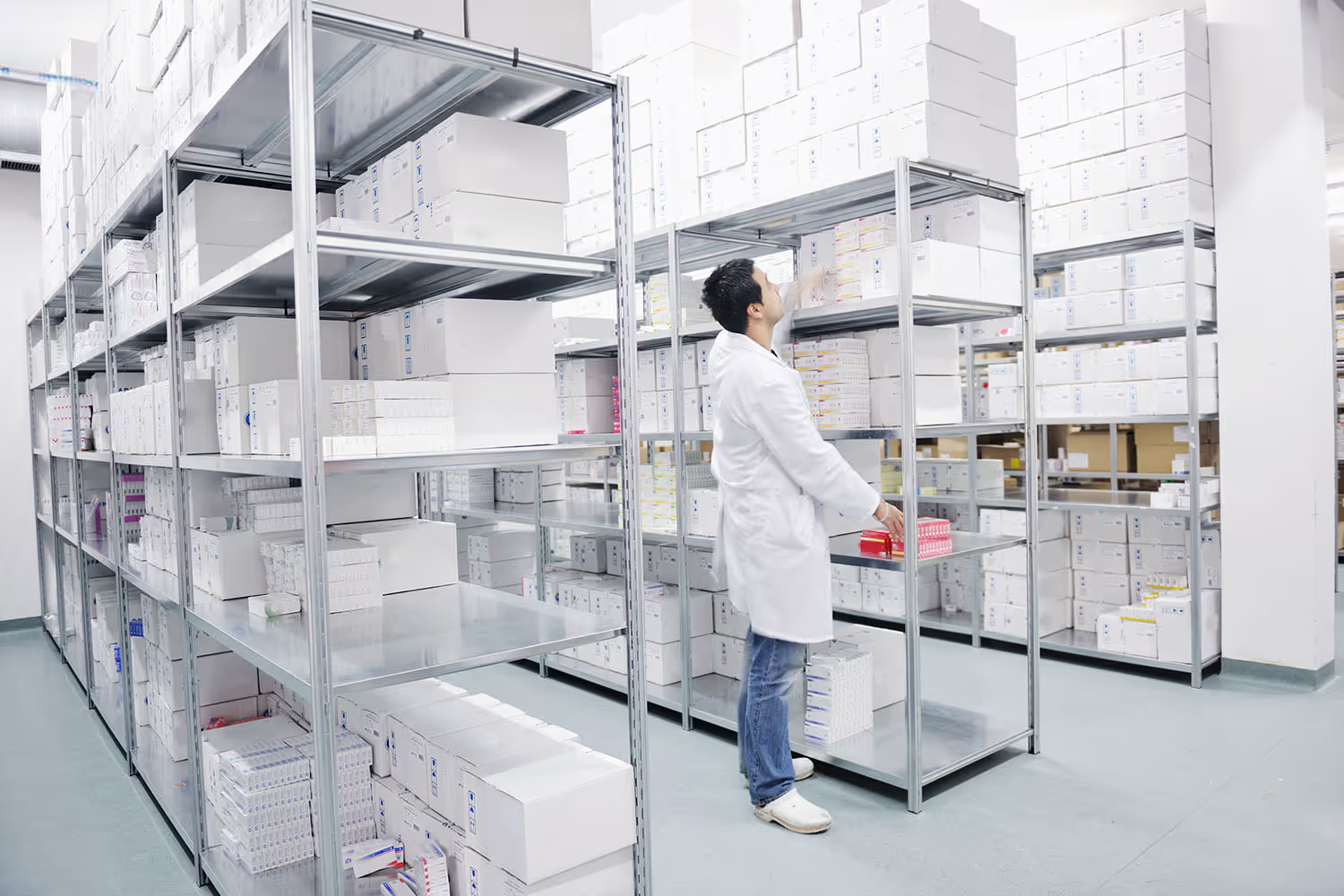
5 benefits of adopting digital temperature monitoring solutions
.avif)
Reducing excursion evaluation time from days to seconds

Making the pharma industry future-proof through supply chain digitalization

New opportunities on the horizon as TSS expands US operations
.avif)
On-demand webinar: A unified approach to clinical supply temperature management

TSS Clinical Trials Digitalization User Forum 2021

Which way is the wind blowing? The implications of cloud-based IoT on temperature monitoring in the life science supply chain

On-demand webinar: Monitoring multiple products with one temperature data logger

Women in executive positions: making a difference with International Women’s Day

Automation is making temperature excursion management simpler and more efficient for clinical sites

Mind the gap: the real-world impact of data gaps in clinical trials

On-demand webinar: Introducing BLE technology for temperature monitoring

Visibility and automation: reducing disruption due to temperature excursions

On-demand webinar: Automating the clinical supply chain

Three approaches for automating clinical supply chains

Data-driven supply chains: improving your excursion rate and temperature performance in 5 steps

We’re attending LogiPharma 2022
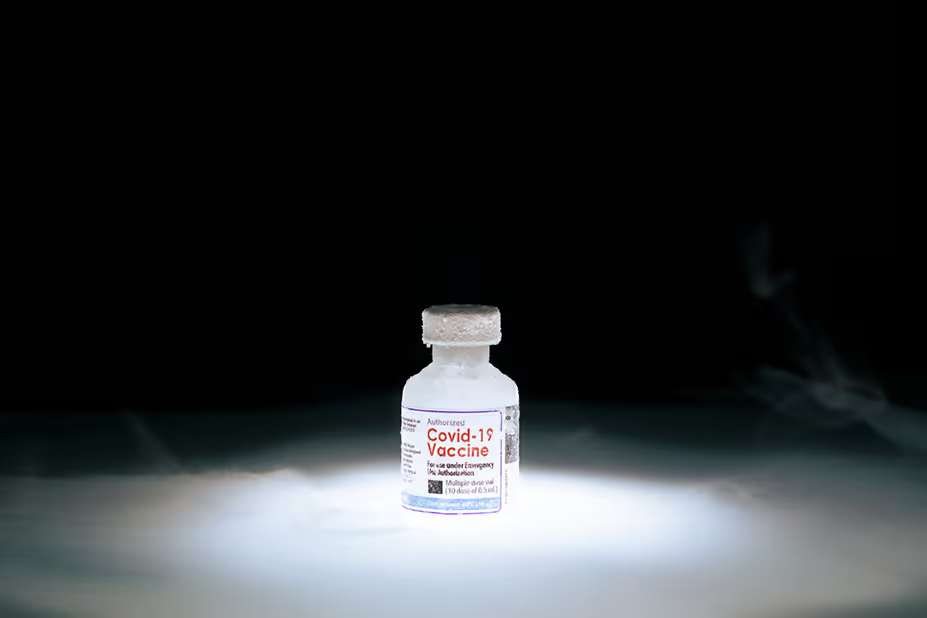
Could automating temperature excursion management hold the key to improving clinical supply processes?

TSS launches innovative Bluetooth powered temperature monitoring solutions
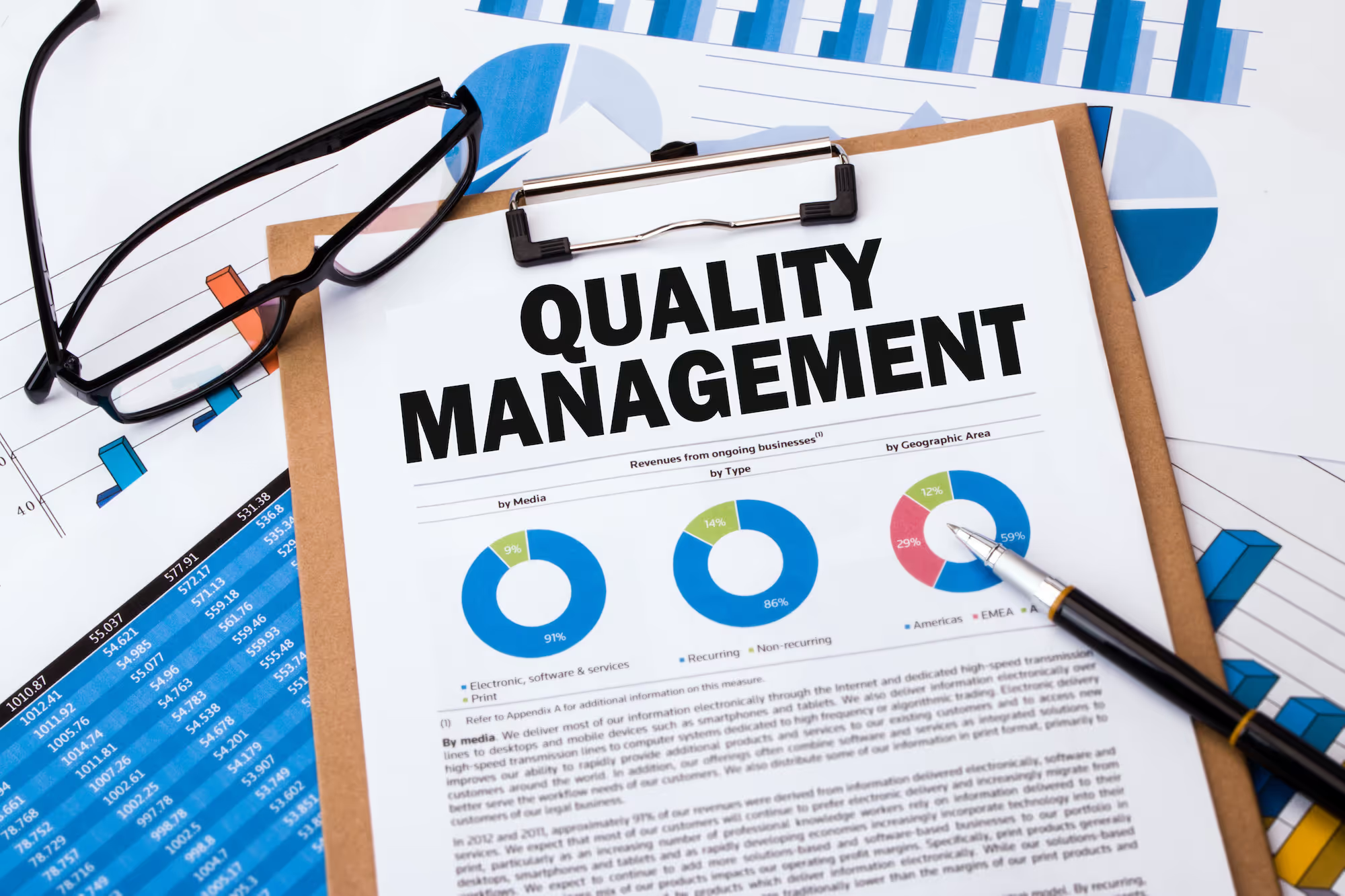
What is Quality?


